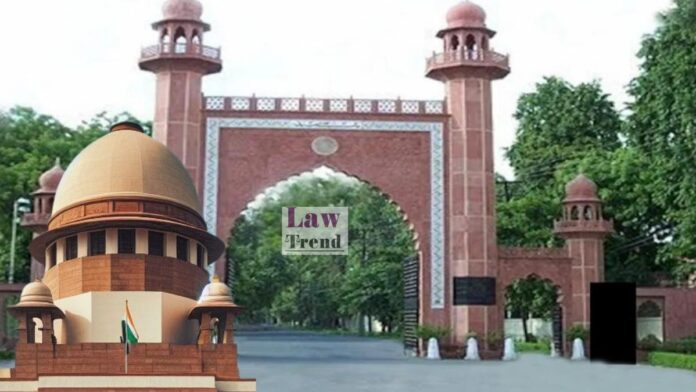In a landmark decision, the Supreme Court of India has overruled the controversial 1967 judgment in the Azeez Basha case, which denied minority status to Aligarh Muslim University (AMU). The ruling was delivered by a seven-judge bench with a narrow 4-3 majority, marking a significant shift in the legal status of the university. The Supreme
To Read More Please Subscribe to VIP Membership for Unlimited Access to All the Articles, Download Available Copies of Judgments/Order, Acess to Central/State Bare Acts, Advertisement Free Content, Access to More than 4000 Legal Drafts( Readymade Editable Formats of Suits, Petitions, Writs, Legal Notices, Divorce Petitions, 138 Notices, Bail Applications etc.) in Hindi and English.




